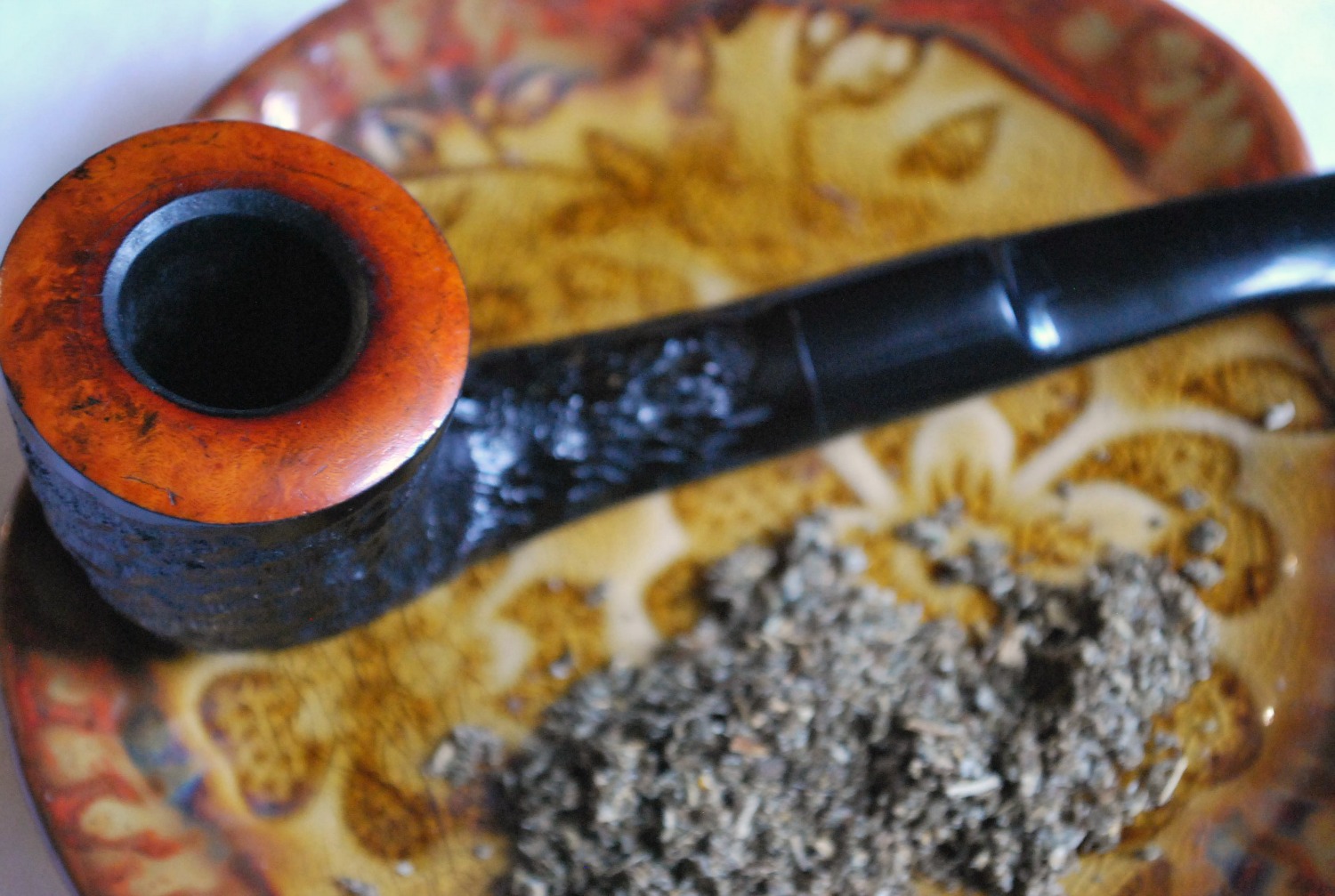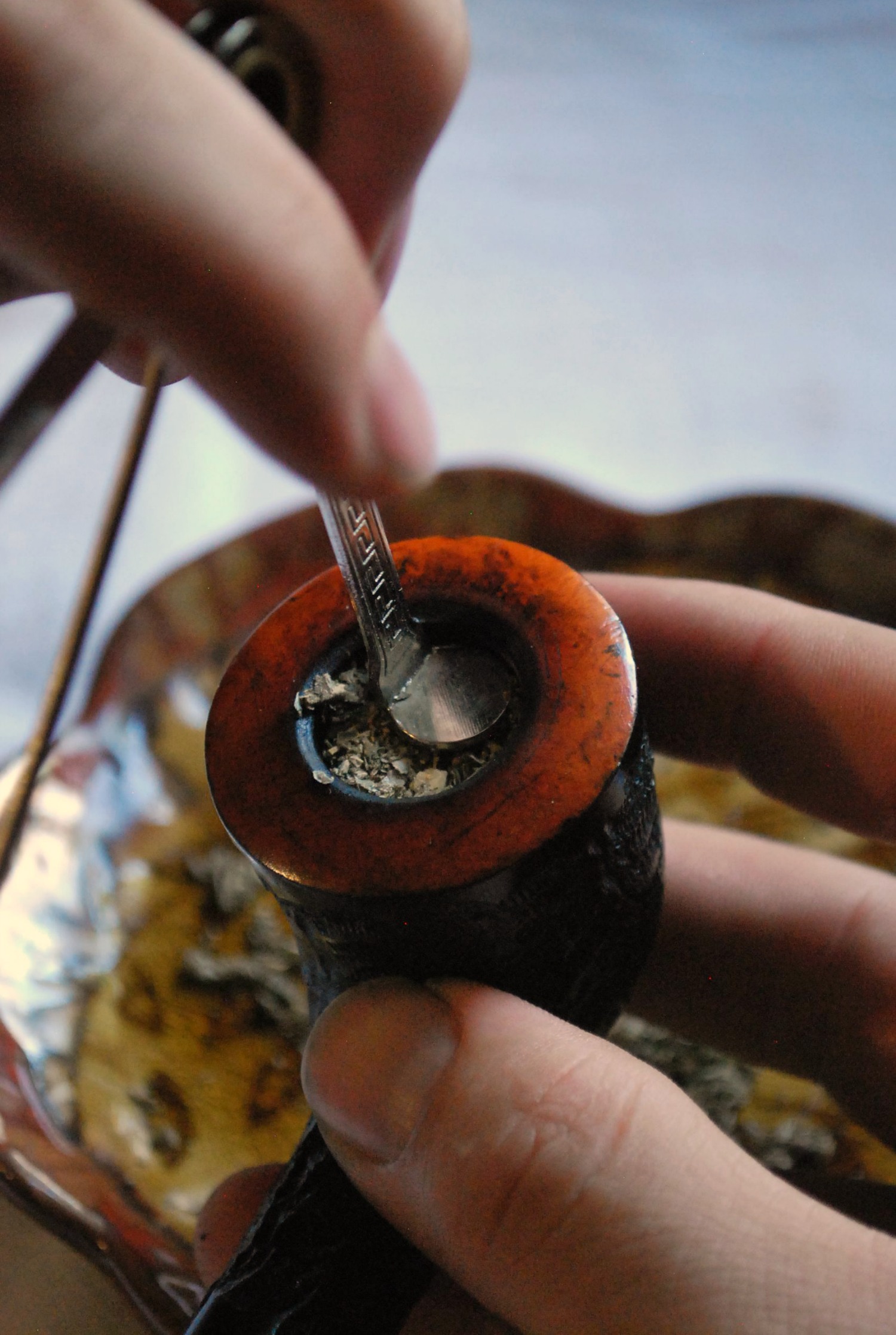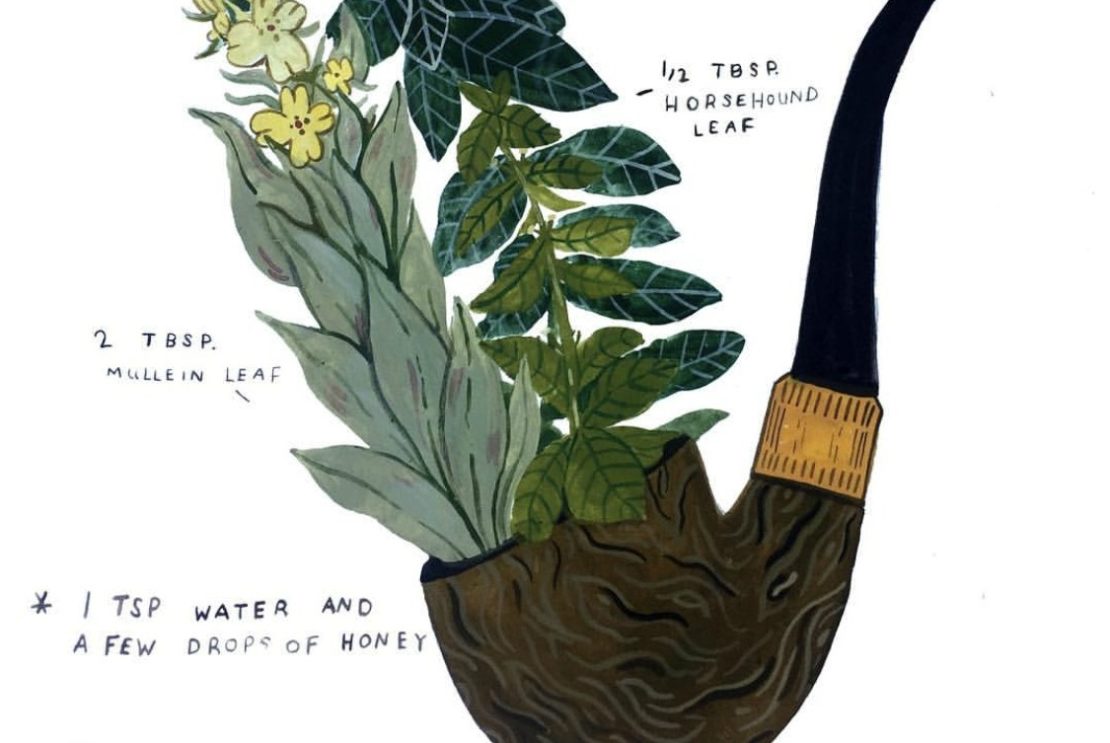
How To Craft Your Own Herbal Smoking Blends
There’s something fascinating about the alchemy of herbs and smoke. Part of it is visual. We can see the plants undergoing a violent physical change as they are transformed into smoke and ash. It’s also something that we can experience as we breathe in. The smoke has a taste and a texture, and it resonates with us at an emotional and physical level. We resonate with it as well.
Whether used to help or to harm, there are over 1500 plants that have been documented for use as smoke at some point in the past. Uses for these plants varied widely. They were used for repelling insects, for supporting the health of the lungs, for veterinary needs, to balance or influence the emotions, or even as weapons during warfare.
Below, we will take a look at the anatomy of modern herbal smoking blends and how to make your own.
Modern Herbal Smoking Blends
Herbal smoking blends now encompass herbal cigarettes, pipe tobacco alternatives, and even herbal vape liquids.
Despite a long history of use for many botanical ingredients, it’s important to remember that smoke is smoke. Besides gunking up the lungs with tar, smoking also lessens the amount of oxygen you are taking in and increases your exposure to carbon monoxide, neither of which are healthy.
Herbalist Howie Brounstein has noted that some people may find it helpful to use herbal smoking blends when they are lessening their dependence on tobacco. The blend of herbs can be customized by combining ingredients such as lobelia and calming herbs, incorporating expectorants and mullein to support the lungs, and eventually transitioning to using mullein only (Brounstein, 1995).
Creativity can be a virtue in home herbalism, but do not use any herb in an herbal smoking blend unless you know for sure that it can be safely used in a smoking blend.
The Anatomy of an Herbal Smoking Blend
It can be helpful to think of herbal smoking blends as three parts:
- the carrier or base herbs
- herbs with a specific supportive role
- herbs used for flavoring.
A fourth category, herbs used for adding body, can make the smoke more like a tobacco smoke by adding “weight” or other characteristics to the smoking blend.
Let’s take a closer look at each part in order to better understand its purpose.
The Base
Ideally, a base herb is light and fluffy. Mullein, red raspberry, and damiana make good bases (Harmony, 2013). You can also experiment with any combination of the three when you are developing your own recipes.
Herbs with a Supportive Role
Herbs with a supportive role for the lungs or nervous system are good additions to an herbal smoking blend.
For lung health, consider herbs like
For the nervous system, some of the following herbs could be used:
- Skullcap
- Passionflower
- Mugwort
- Hops
- Catnip
- Rose
- Damiana
Flavoring Herbs
Other herbs can be added as flavoring.
Good candidates include:
Adding Body
Tobacco smoke has a certain heaviness and smoothness to it that is sometimes missing in herbal mixtures. A similar “body” to your herbal blend can be created by adding barks and astringent herbs.
Some of the herbs that work well for this are:
- Uva ursi
- Willow bark
- Blackberry leaf or root
How to Formulate an Herbal Smoking Blend
The ratio of ingredients in your herbal smoking blend is a personal decision. You can start by measuring in parts, like tablespoons, to create a small amount. Keep notes on your recipes so you can recreate the ones you like in larger quantities.
I like starting with a basic formula like this:
- 2 Tablespoons base herb(s)
- 1 Tablespoon specific herb(s)
- ½ Tablespoon flavoring herb(s) (or 1 teaspoon for powdered seeds or spices)
For a mullein based blend that includes an expectorant herb (in this case, horehound), here’s a recipe that you could try.
Winter Mullein Blend
2 Tablespoons mullein leaf
½ Tablespoon horehound leaf
1 teaspoon peppermint leaf
1 teaspoon water + a few drops of honey
Putting it All Together: Crafting Your Herbal Smoking Blend
Once you’ve decided on your recipe, you will need to blend the ingredients together. Gently rub your base herbs in your hands to fluff them up so they can help carry the other ingredients. Mullein and red raspberry are both a bit fluffy when dried anyway, and the friction of rubbing them together helps fluff them up even more.
Crumble any leaves or flower petals you are using until they are small. You could also powder them, if you like. If you are using rolling papers, you will need to powder any roots or barks. If you are using a pipe, it’s fine for them to be a little coarser.
Combine all of your ingredients in a small bowl and fluff them together until everything is evenly mixed.
You’ll notice that the recipe calls for water. Besides blending your herbs, it’s important to take into consideration the dryness of your smoking blend. A little moisture goes a long way to make an herbal smoking blend more palatable. Herbs that are dried for storage are sometimes too dry to make a good smoking blend, so spritzing your smoking blend with a little water and storing it in a closed container to allow the herbs to absorb the moisture can help. Adding a little honey to the water is a nice touch, too.
Spritz with enough water and honey to moisten and store the mix in a tin or glass jar with a lid. The amount of water you need will depend on how dry the herbs are. If you accidentally get things too wet, leave the lid off overnight for some of the water to evaporate.
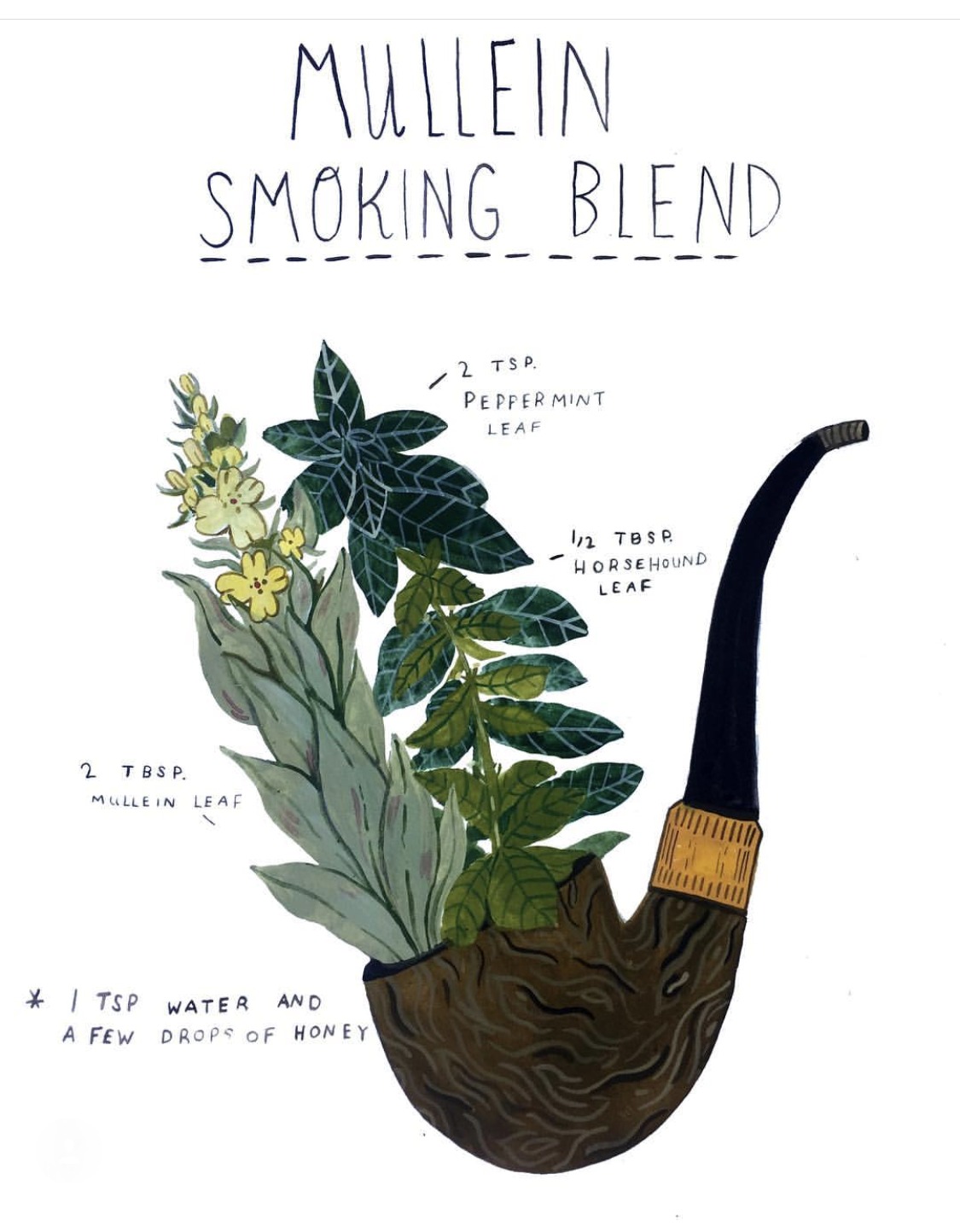
Image c/o @madison.safer.
Using Herbal Smoking Blends
It’s believed that the use of plants by smoking them has been present in some form in every culture and society in human history (Jenner, 2015), so the study and occasional use of plants in this capacity is nothing new. It transcends boundaries of time and geography for a fascinating glimpse into botanical history.
Although some people do use herbal smoking blends as they lessen their dependence on tobacco or use them sparingly on occasion for other purposes, smoking is not a healthy practice in the long term. Extracts, teas, and other herbal preparations are more appropriate for general use because they don’t carry the risks that smoking does such as carbon monoxide exposure and tar buildup in the lungs.
Some herbs with a historical record of use in smoking blends may be problematic from the perspective of modern safety standards, while other herbs may be too irritating to use or have other contraindications, so it’s also important to make informed decisions about which herbs are included in your herbal smoking blends.
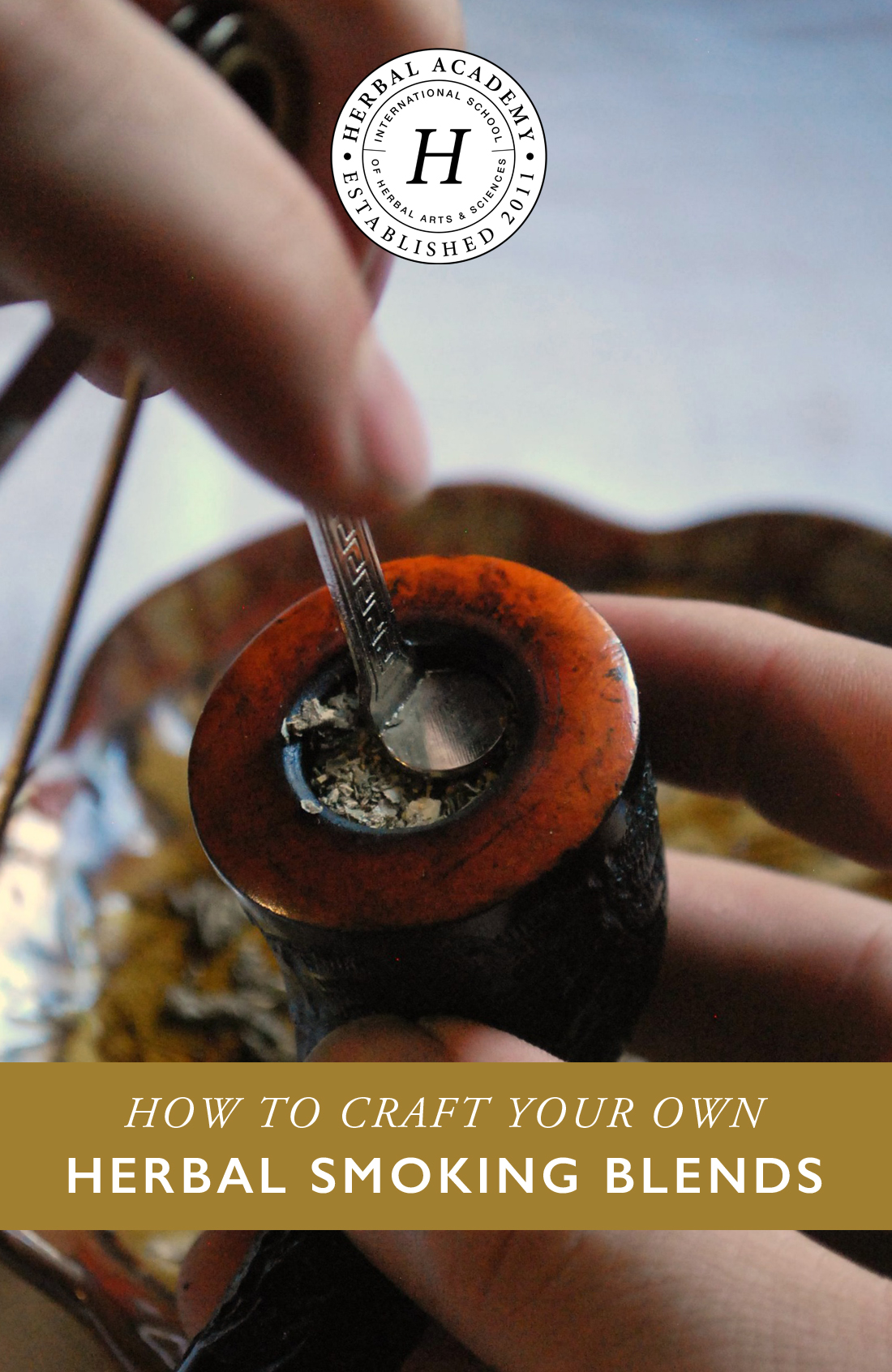
REFERENCES
Brounstein, Howie. (1995). Herbal Smoking Mixtures. Retrieved from: http://botanicalstudies.net/herbalism/smoking-mixtures/
Harmony, Nikki. (2013). Make Your Own Natural Herbal Smoke Blend. Retrieved from: http://harmonyherbals.net/blog/make-your-own-natural-herbal-smoke-blend/
Jenner, Greg. (2015). Did People Smoke Anything Before Tobacco Was Discovered? History Extra. Retrieved from: http://www.historyextra.com/qa/did-people-smoke-anything-tobacco-was-discovered
Pennacchio, M., Jefferson, L., Havens, K. (2010). Uses and abuses of plant derived smoke. Oxford University Press. New York.

